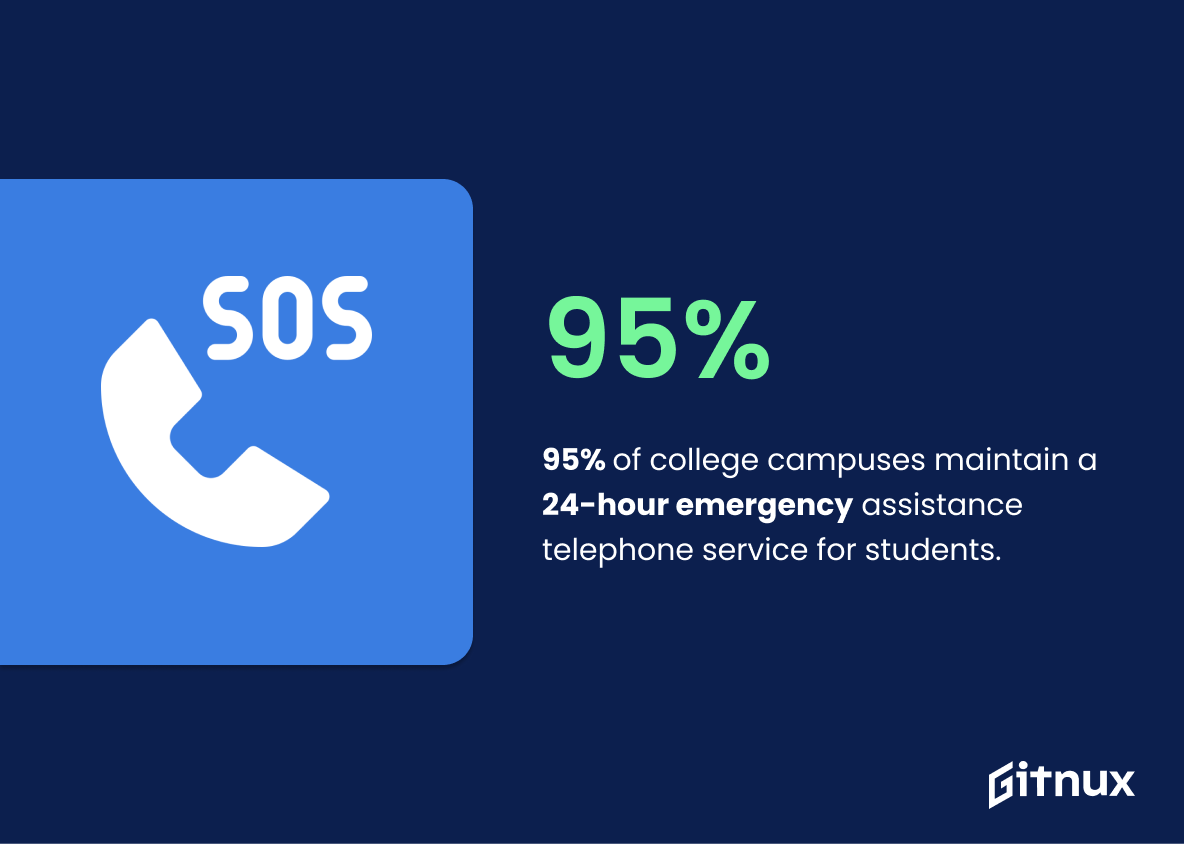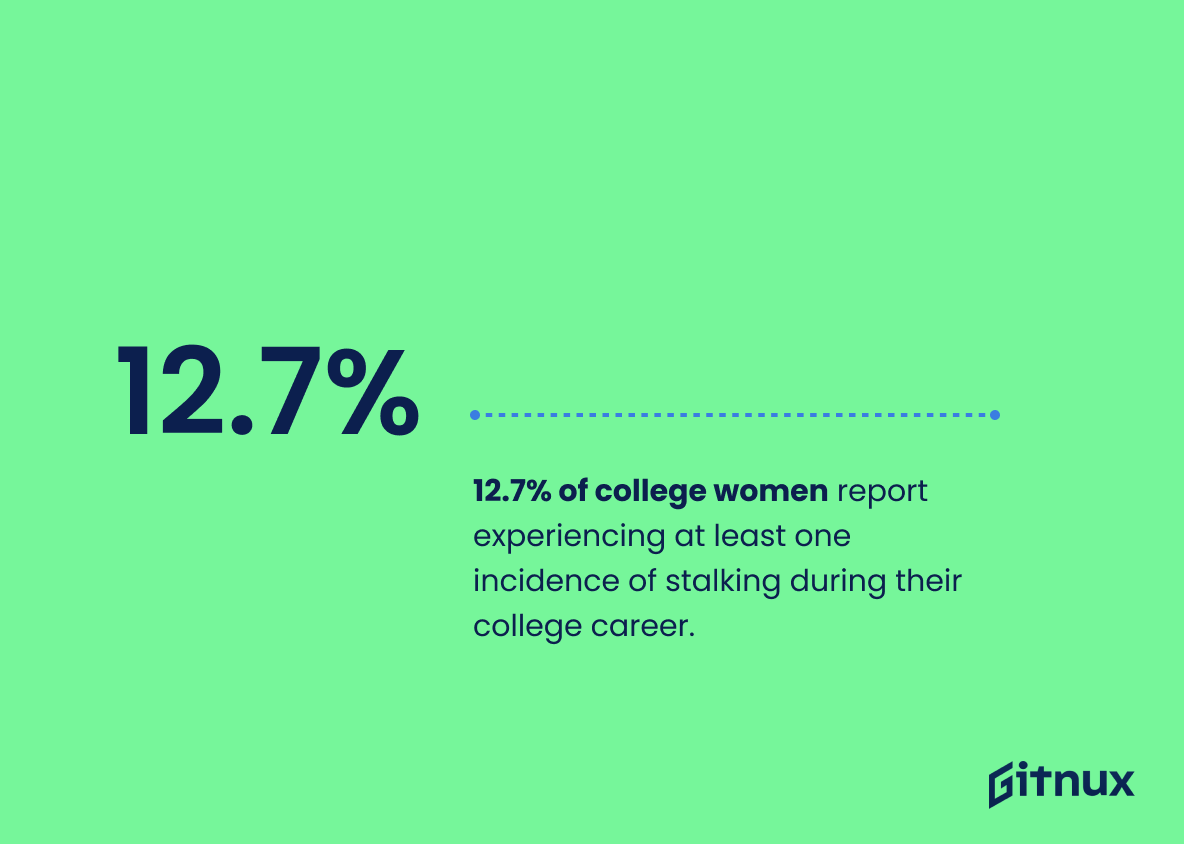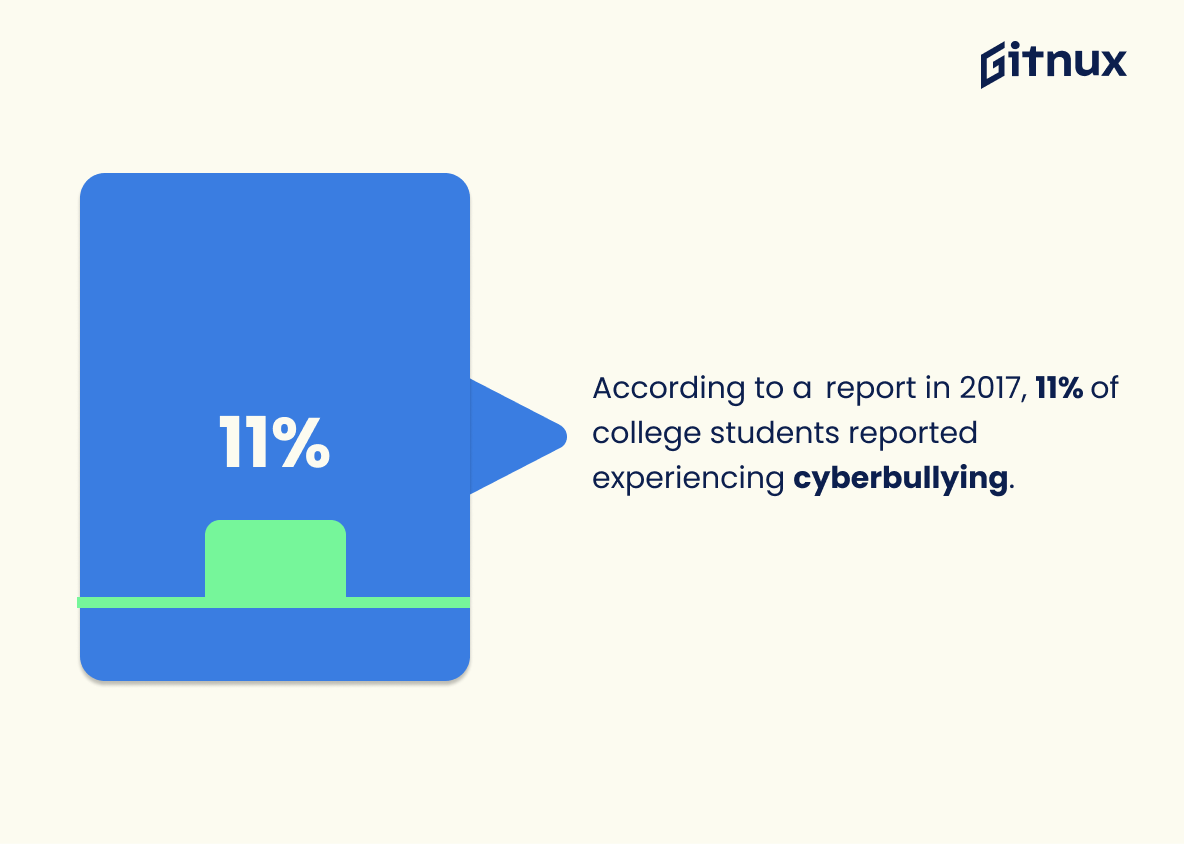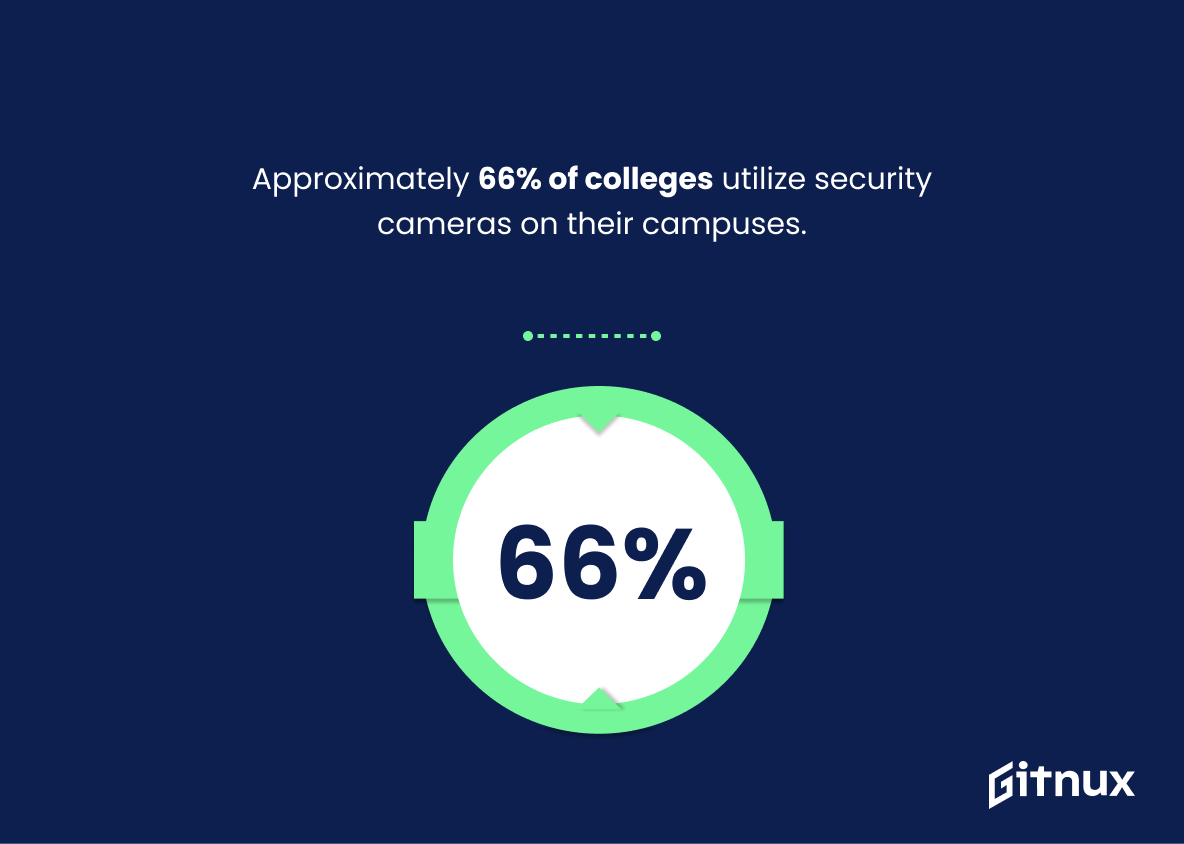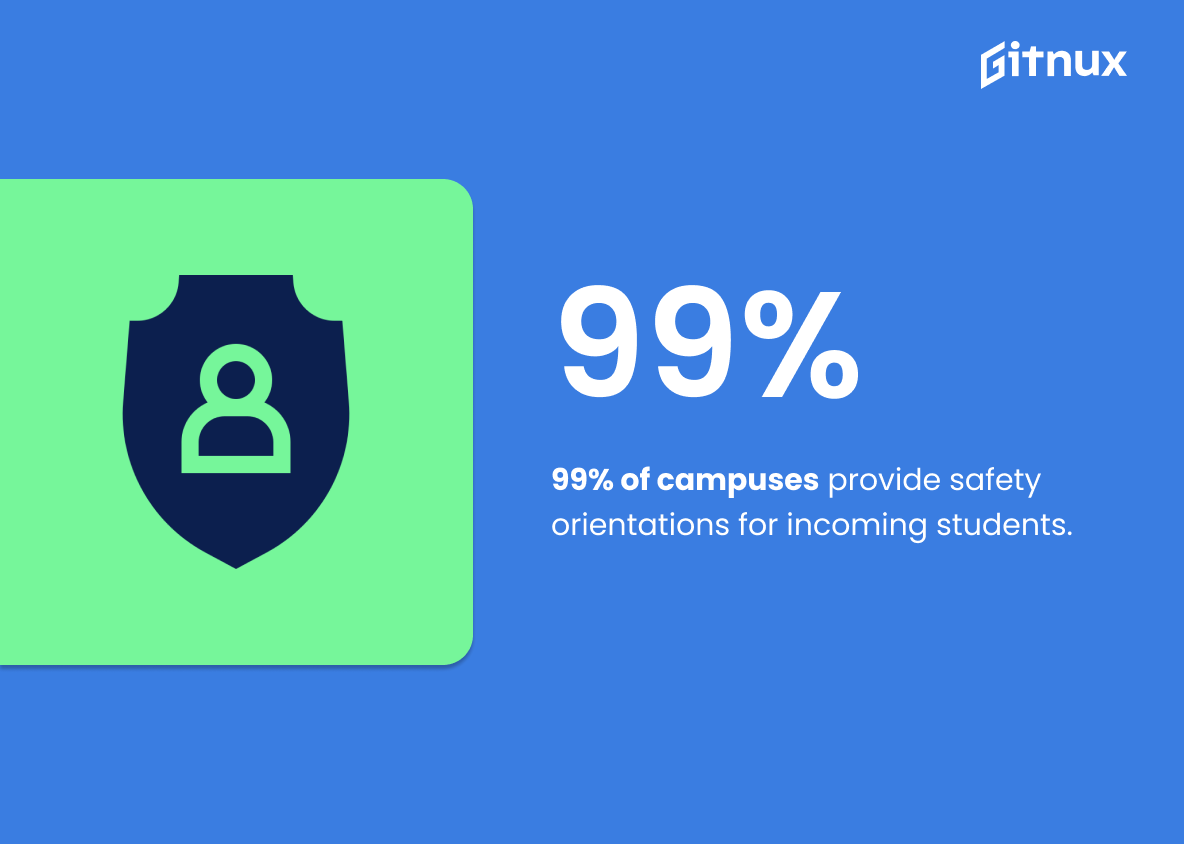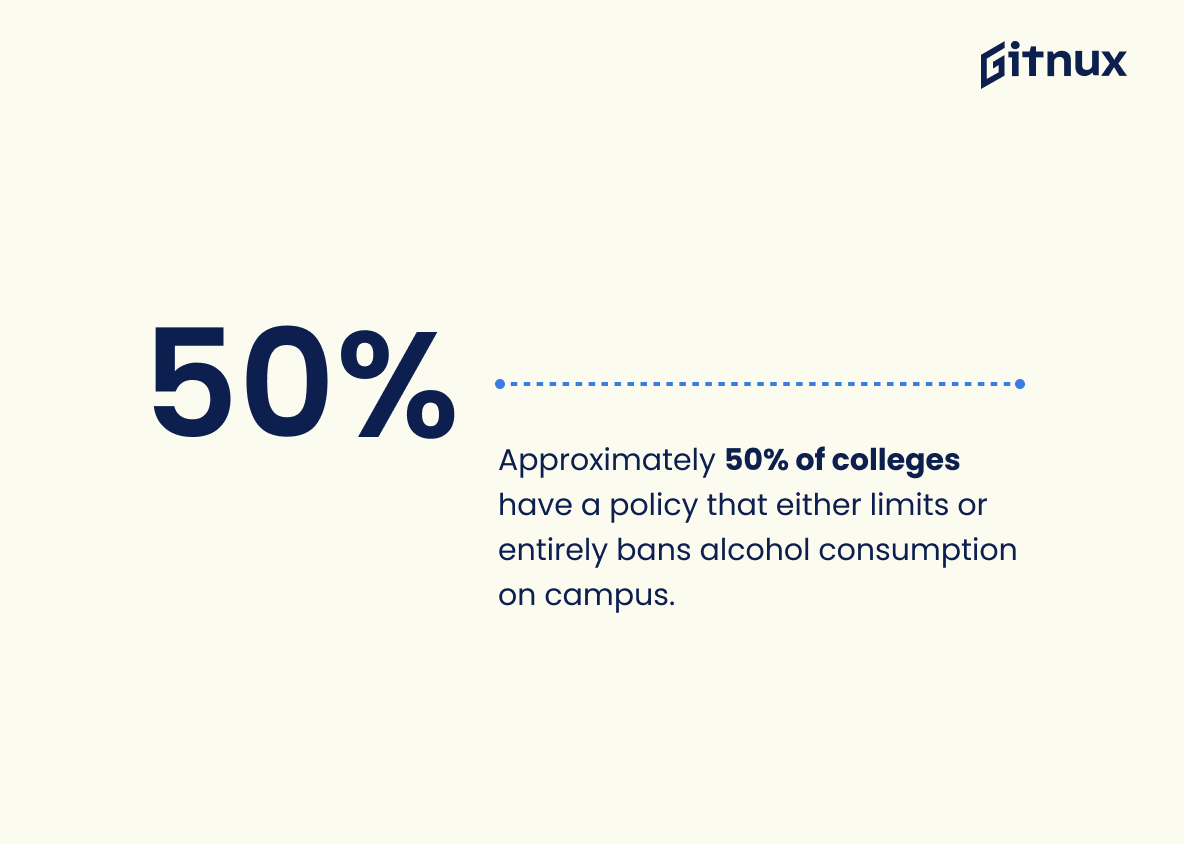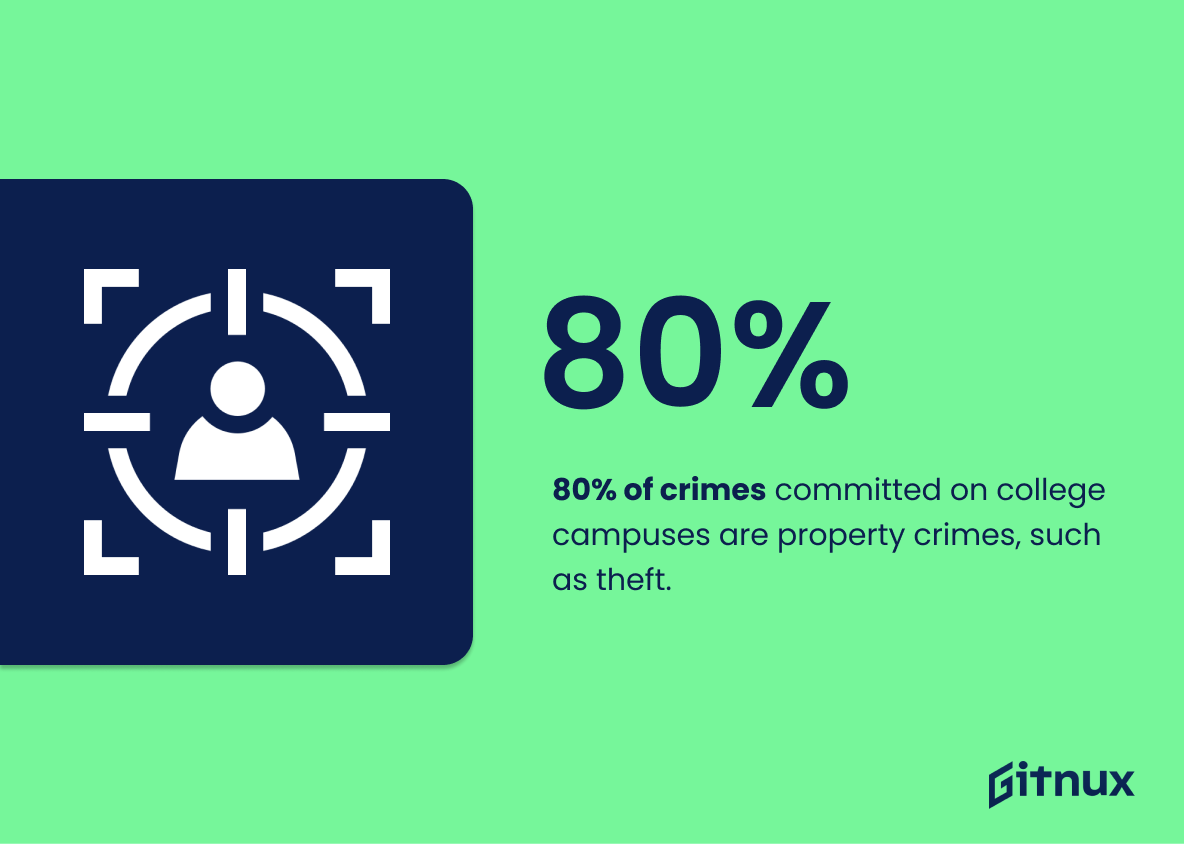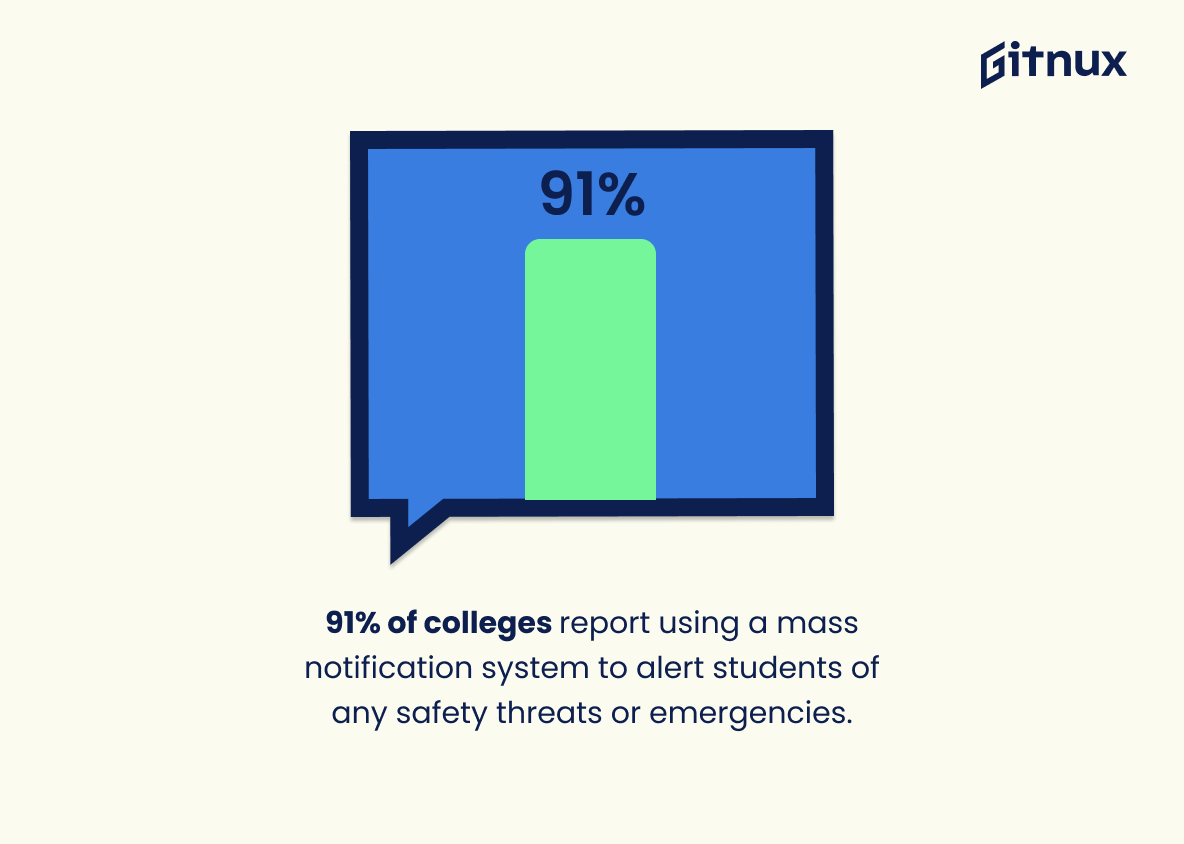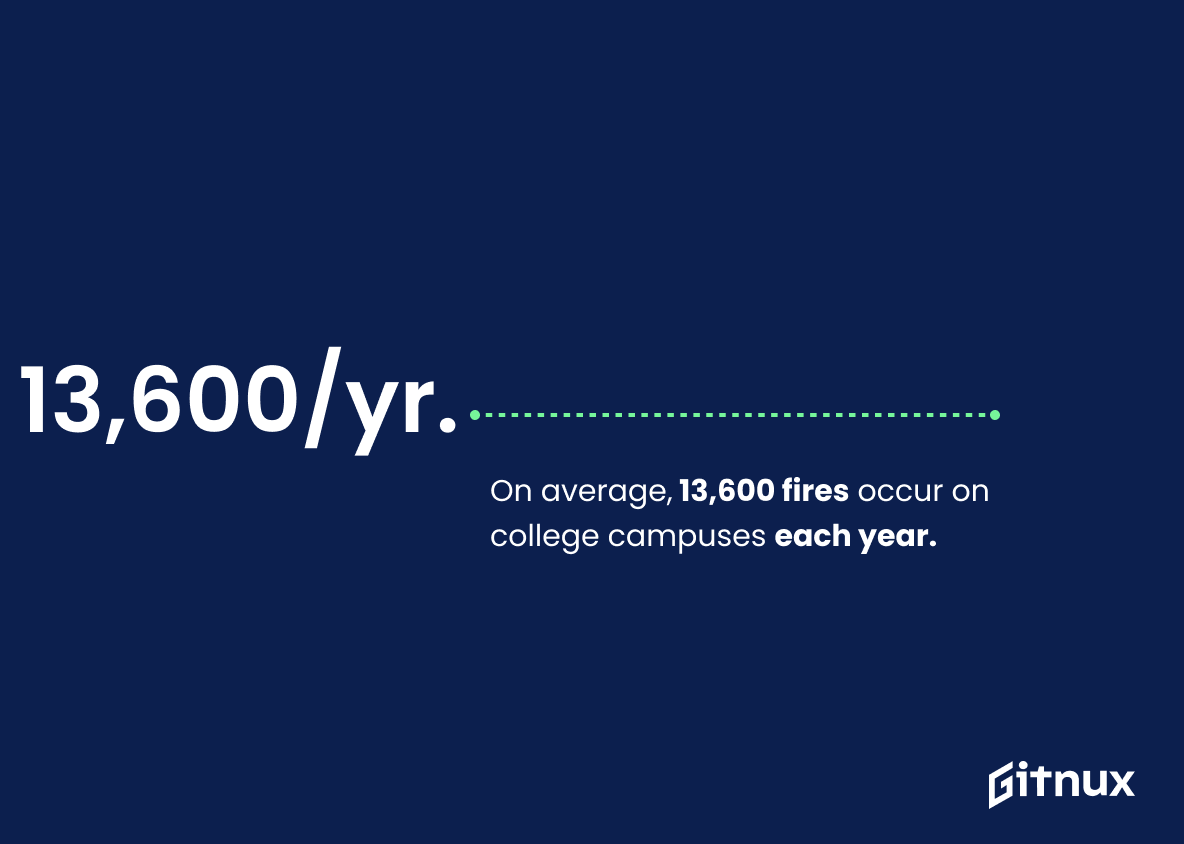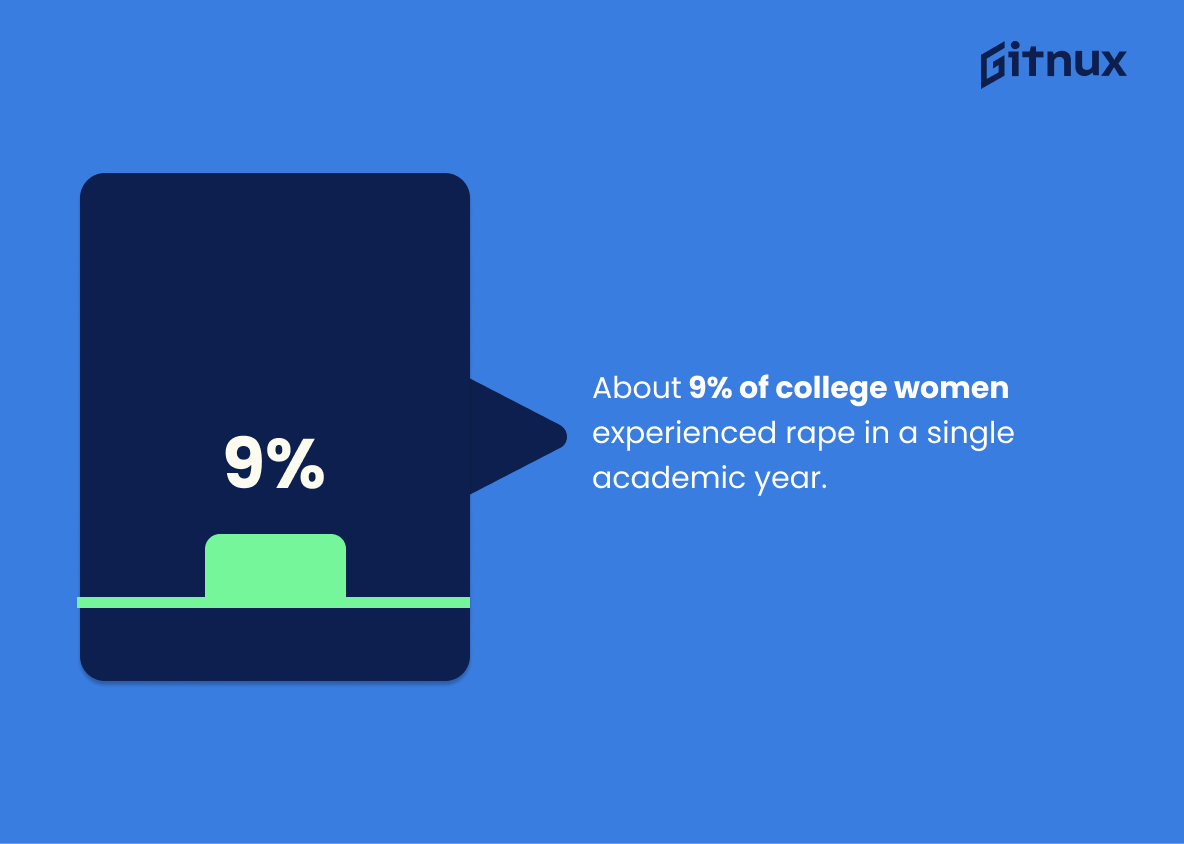College safety is an important issue for students, faculty, and staff on college campuses. With the increasing number of reported crimes on campus each year, it’s essential to understand the statistics surrounding college safety in order to ensure that everyone remains safe while attending school.
This blog post will explore 20 different college safety statistics from a variety of sources including government agencies and research studies. From security officers per student ratio to sexual assault reports and active shooter training programs, this article will provide insight into how colleges are addressing these issues across the United States.
College Safety Statistics Overview
95% of college campuses maintain a 24-hour emergency assistance telephone service for students.
This statistic is a testament to the commitment of college campuses to ensure the safety of their students. By providing a 24-hour emergency assistance telephone service, college campuses are taking an active role in providing a safe and secure environment for their students. This statistic is a reminder that college campuses are taking the necessary steps to ensure the safety of their students and that they are taking the issue of safety seriously.
Approximately 5,000 sexual assaults were reported on college campuses in 2018.
This statistic is a stark reminder of the prevalence of sexual assault on college campuses. It serves as a reminder that college campuses are not immune to the issue of sexual assault, and that it is an issue that needs to be addressed. It is a call to action for college administrators, faculty, and students to take steps to ensure that college campuses are safe and secure for everyone.
12.7% of college women report experiencing at least one incidence of stalking during their college career.
This statistic is a stark reminder of the prevalence of stalking on college campuses, and serves as a call to action for college administrators to prioritize the safety of their students. It is a reminder that college campuses must take proactive steps to ensure that students are safe and protected from stalking and other forms of violence.
According to a 2017 report, 11% of college students reported experiencing cyberbullying.
This statistic is a stark reminder of the prevalence of cyberbullying among college students. It highlights the need for increased awareness and education on the issue, as well as the need for more effective strategies to combat it. It also serves as a warning to college administrators and faculty to be vigilant in monitoring and responding to cyberbullying incidents.
Approximately 66% of colleges utilize security cameras on their campuses.
This statistic is a telling indication of the importance of security on college campuses. With such a high percentage of colleges utilizing security cameras, it is clear that college administrators are taking the safety of their students seriously. This statistic serves as a reminder that college campuses are taking the necessary steps to ensure the safety of their students.
99% of campuses provide safety orientations for incoming students.
This statistic is a testament to the commitment of college campuses to ensure the safety of their students. It shows that the majority of campuses are taking the necessary steps to ensure that incoming students are aware of the safety protocols and resources available to them. This statistic is a reminder that college campuses are taking the safety of their students seriously and are doing their best to ensure that students are safe and secure.
In 2016, 37,934 crimes were reported on college campuses.
This statistic is a stark reminder of the importance of college safety. It highlights the fact that college campuses are not immune to crime, and that students, faculty, and staff must remain vigilant in order to ensure their safety. It also serves as a call to action for college administrators to take steps to improve campus safety and security.
Approximately 50% of colleges have a policy that either limits or entirely bans alcohol consumption on campus.
This statistic is a telling indicator of the importance of college safety. By having a policy that either limits or entirely bans alcohol consumption on campus, colleges are taking a proactive stance in ensuring the safety of their students. This statistic shows that colleges are taking the necessary steps to ensure that their students are safe and secure while on campus.
46% of campus sexual assault cases involved alcohol consumption by the victim, perpetrator, or both.
This statistic is a stark reminder of the prevalence of alcohol-related sexual assault on college campuses. It highlights the need for increased awareness and education about the dangers of alcohol consumption and its potential to lead to sexual assault. It also serves as a reminder that college campuses must take proactive steps to ensure that students are safe and that perpetrators of sexual assault are held accountable.
Only 33% of colleges offered specific training on stalking in 2015.
This statistic is a stark reminder of the lack of education and awareness surrounding stalking on college campuses. It highlights the need for more comprehensive training and resources to ensure that students are aware of the dangers of stalking and how to protect themselves. It also serves as a call to action for college administrators to prioritize the safety of their students and provide the necessary resources to ensure that they are adequately informed and prepared.
80% of crimes committed on college campuses are property crimes, such as theft.
This statistic is a stark reminder of the importance of taking precautions to protect one’s property on college campuses. It highlights the need for students to be aware of their surroundings and to take steps to secure their belongings. It also serves as a warning to college administrators to ensure that campus security measures are in place to deter and prevent property crimes.
91% of colleges report using a mass notification system to alert students of any safety threats or emergencies.
This statistic is a testament to the importance of college safety, as 91% of colleges have taken the initiative to implement a mass notification system to ensure their students are aware of any potential threats or emergencies. This shows that colleges are taking the necessary steps to ensure the safety of their students, and that they are taking the issue of safety seriously.
On average, 13,600 fires occur on college campuses each year.
This statistic serves as a stark reminder of the importance of college safety. With 13,600 fires occurring on college campuses each year, it is clear that students, faculty, and staff must remain vigilant in order to ensure their safety.
About 9% of college women experienced rape in a single academic year.
This statistic is a stark reminder of the prevalence of rape on college campuses. It highlights the need for increased safety measures and education to ensure that all students feel safe and secure while pursuing their education. It also serves as a call to action for college administrators to take a proactive approach to preventing sexual assault and providing support for survivors.
Conclusion
The statistics presented in this blog post demonstrate that college campuses are taking steps to ensure the safety of their students. From providing security officers and 24-hour emergency assistance telephone services, to offering active shooter or emergency response training, colleges are doing what they can to protect their students from potential threats.
However, there is still work to be done as sexual assault and hate crimes remain a problem on many college campuses. It is important for universities and colleges alike to continue working towards creating safe learning environments for all students.
References
0. – https://www.collegebingedrinking.net
1. – https://www.securitymagazine.com
2. – https://www.ncbi.nlm.nih.gov
3. – https://www.communitycollegereview.com
4. – https://www.eric.ed.gov
5. – https://www.realcleareducation.com
6. – https://www.rainn.org
7. – https://www.campussafetymagazine.com
8. – https://www.nsvrc.org
9. – https://www.statista.com
10. – https://www.higheredcenter.org
11. – https://www.alcohol.org
12. – https://www.reolink.com
13. – https://www.nces.ed.gov
14. – https://www.nfpa.org
